Welcome to Late Night Retro Television Reviews, a feature where we review some of our favorite and least favorite shows of the past! On Tuesdays, I will be reviewing Gun, an anthology series that ran on ABC for six week in 1997. The entire show is currently streaming on Tubi!
Produced by filmmaker Robert Altman, Gun was an anthology series that followed one gun from person-to-person. Each week would feature a new cast and a new story. The show itself didn’t catch on but, because of Altman’s prestige, is still managed to attract some prominent and interesting guest stars during it’s 6-episode run.
The first episode, for instance, brings the gun together with Daniel Stern, Ed Begley, Jr., and model Kathy Ireland.
Episode 1.1 “The Shot”
(Dir by James Foley, originally aired on April 12th, 1997)
The first episode of Gun opens with an unnamed dumbass purchasing a pearl-handed, .45 semi-automatic pistol. When he takes it home, his kids are impressed but his wife threatens to kick him out if he ever fires the gun in the house. Next thing you know, the dumbass is pretending to be Robert De Niro in Taxi Driver and pointing the gun at the television. The final shoot-out from The Good, The Bad, and The Ugly leads to the TV getting shot. The dumbass returns the gun. Later, that night, someone breaks into the gun store and steals the gun.
Who stole it? It turns out that it was just a guy who spends his time holding up convenience stores. Unfortunately, his next attempt at a convenience store robbery does not go well, largely due to one aggravated customer. Harvey Hochfelder (Daniel Stern) is already in an agitated state before the robbery even begins. He just wants to leave Los Angeles for Virginia but, before he can leave, he had to stop off at the slowest convenience store in L.A. Harvey loses it as soon as he realizes that the robbery is going to mean his escape to Virginia is going to be even further delayed. When Harvey’s wife (Kathy Baker) enters the store, the robber is startled into first shooting at Harvey and then dropping the gun. The robber runs outside and tries to steal Harvey’s car, with Harvey’s son and dog in the back seat. Harvey grabs the gun and chases the robber down. The robber crashes the car and Harvey holds him at gun point until the police arrive.
Harvey becomes a celebrity. He even appears on the cover Newsweek, with the simple headline, “American Hero.” Hollywood wants to make a made-for-TV movie about what happened in the convenience store, with Harvey playing himself and Kathy Ireland playing his wife.
Unfortunately, the friends of the robber are not happy that Harvey “fingered our homie” (yes, that’s actual dialogue) and they decide that they want to get revenge on Harvey. When they force his car off the road and then pull guns of their own on him, Harvey diffuses the situation by offering them roles the movie. Everyone wants to be a star!
Finally, the day of filming has arrived. Under the guidance of the film’s director (Ed Begley, Jr.), Harvey prepares to climb into bed with a lingerie-clad Kathy Ireland….
Suddenly, Harvey is back in the convenience store, getting shot multiple times by the robber and expiring as a security camera records his final moments. His entire time as a Hollywood star was just a dying fantasy which, honestly, was kind of obvious just by how cartoonish all of the Hollywood scenes were.
Well, as far as first episodes are concerned this was really, really …. bad. Anthology shows are always a bit hit-and-miss and this episode was definitely almost all miss and no hit. As good a character actor as he may be, Daniel Stern overacts to such an extent in this episode that it’s difficult to really have much sympathy for Harvey and the episode’s final twist largely fell flat.
The first episode of Gun is an almost entire …. dare I say it? …. misfire.



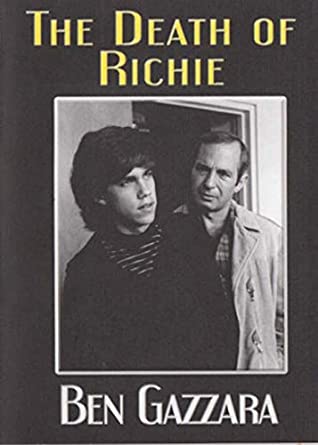
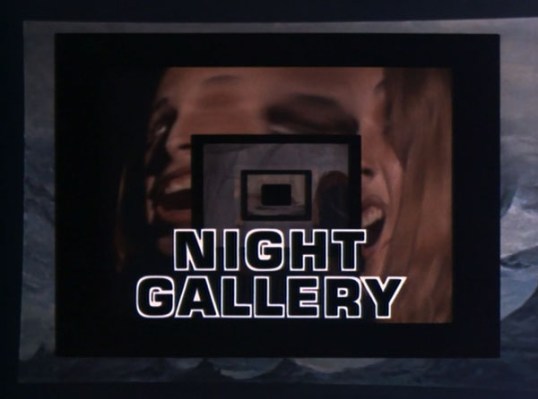
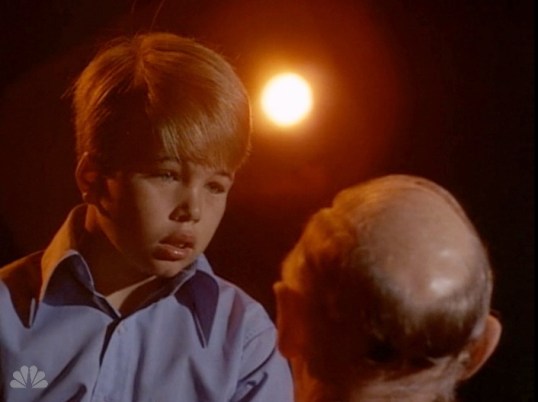

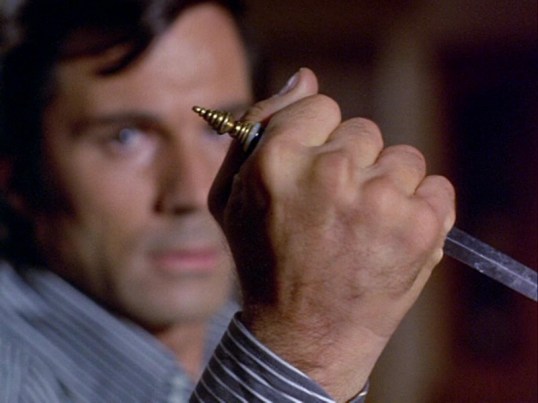
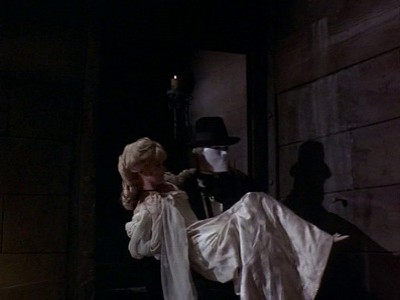
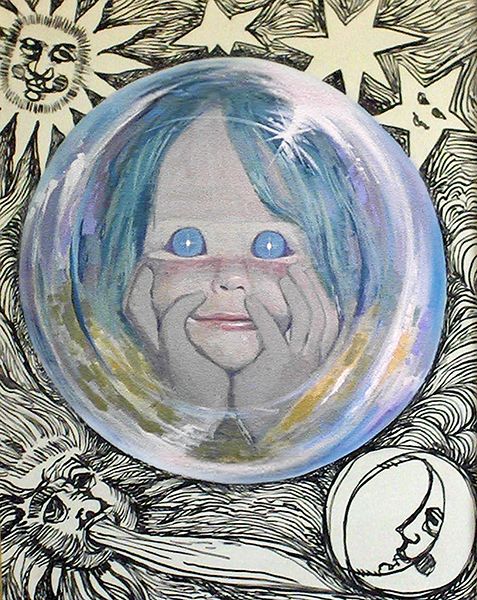
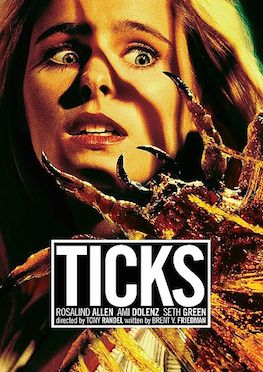
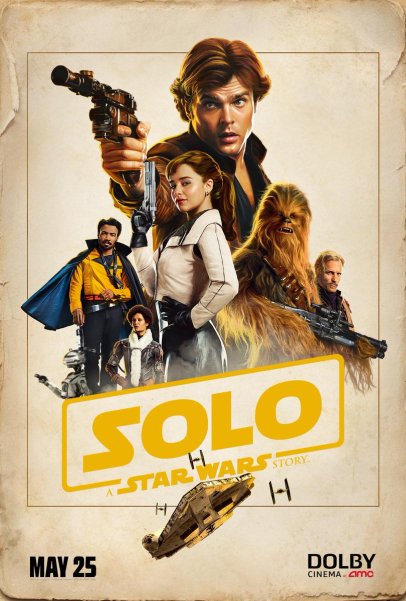 I feel like the Grinch, standing high on his mountain and looking down at all the Who’s in Whoville. Look at them, enjoying Solo – A Star Wars Story. Look at them, geeking over Chewie, the Millenium Falcon and the Kessel Run. Look at them smile at Lando Calrissian, still cool after these years. From where I stood, I had fun, but not nearly as much as they all did. Did we all watch the same film?
I feel like the Grinch, standing high on his mountain and looking down at all the Who’s in Whoville. Look at them, enjoying Solo – A Star Wars Story. Look at them, geeking over Chewie, the Millenium Falcon and the Kessel Run. Look at them smile at Lando Calrissian, still cool after these years. From where I stood, I had fun, but not nearly as much as they all did. Did we all watch the same film?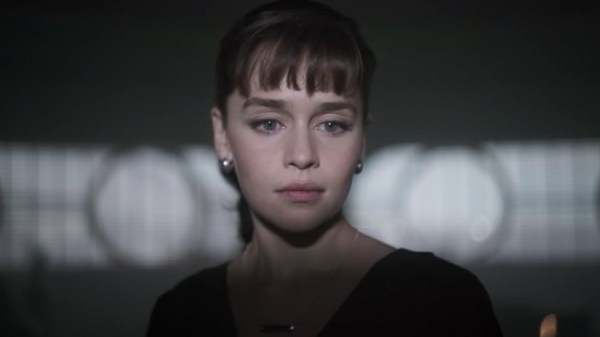

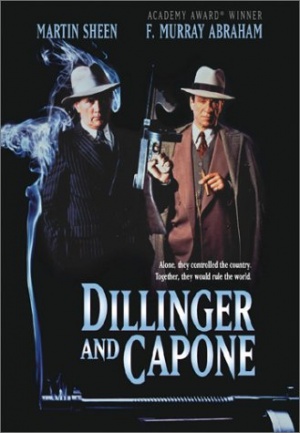 1934. Chicago. The FBI guns down a man outside of a movie theater and announces that they have finally killed John Dillinger. What the FBI doesn’t realize it that they didn’t get Dillinger. Instead they killed Dillinger’s look-alike brother. The real John Dillinger (played by Martin Sheen) has escaped. Over the next five years, under an assumed name, Dillinger goes straight, gets married, starts a farm, and lives an upstanding life. Only a few people know his secret and, unfortunately, one of them is Al Capone (F. Murray Abraham). Only recently released from prison and being driven mad by syphilis, Capone demands that Dillinger come out of retirement and pull one last job. Capone has millions of dollars stashed away in a hotel vault and he wants Dillinger to steal it for him. Just to make sure that Dillinger comes through for him, Capone is holding Dillinger’s family hostage.
1934. Chicago. The FBI guns down a man outside of a movie theater and announces that they have finally killed John Dillinger. What the FBI doesn’t realize it that they didn’t get Dillinger. Instead they killed Dillinger’s look-alike brother. The real John Dillinger (played by Martin Sheen) has escaped. Over the next five years, under an assumed name, Dillinger goes straight, gets married, starts a farm, and lives an upstanding life. Only a few people know his secret and, unfortunately, one of them is Al Capone (F. Murray Abraham). Only recently released from prison and being driven mad by syphilis, Capone demands that Dillinger come out of retirement and pull one last job. Capone has millions of dollars stashed away in a hotel vault and he wants Dillinger to steal it for him. Just to make sure that Dillinger comes through for him, Capone is holding Dillinger’s family hostage.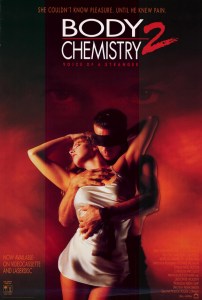 Dr. Claire Archer is back!
Dr. Claire Archer is back!